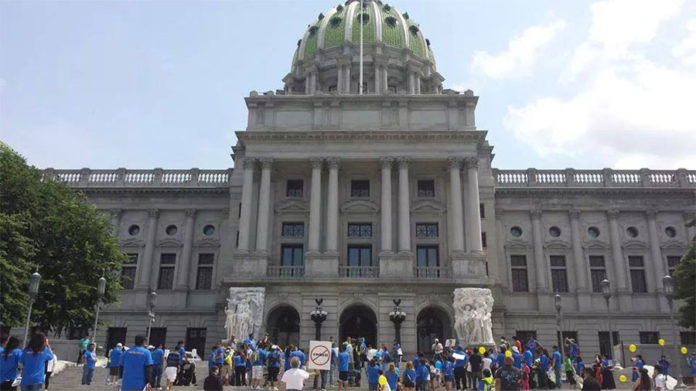The midterm primary elections are rapidly approaching in Pennsylvania and across the country. Pennsylvania has one of the earliest primary election dates, joining a handful of states that take this step in May. Many others hold their primaries throughout the summer, with a state or two waiting until as late as September.
Voter turnout is generally lower for primary elections than for the general election in November, when final decisions are made. The primaries are no less important, though, and participation during this earlier stage helps create the conditions for a better final outcome – and ultimately, better leadership and governance at all levels. In fact, an argument can be made that the primary elections are the most important stage of the process – when the field is more open, and voters can send a message within their own parties about what kind of leadership they want to see in office. In recent years, voters not only in the United States but around the world, have admitted their general election vote was cast against a candidate they disliked, rather than for a candidate they wanted to support. The most recent example is in France’s reelection of President Emmanuel Macron, who was largely selected only to prevent the far-right party from gaining a foothold. By the time voters go to the polls in the general election, they can no longer send a message within their own parties. At that point, they must simply help to ensure their own side wins, regardless of whether they like or agree with the person chosen to represent them.
Major federal-level governance roles are up for grabs in Pennsylvania this year. The retirement of US Senator Pat Toomey means there will be an open race for his seat. There are 14 people running in the general election – 7 Republicans, 4 Democrats, and 3 independent. Twenty-two other people with aspirations for the job either withdrew or were disqualified. This statewide position, therefore, is not a choice between two people. And there are many more. Pennsylvanians will elect 17 new US Representatives to serve in Congress. The total number of candidates for those primaries is at least 55 – as reported by Balletopedia, with the acknowledgement their lists may not be complete.
At the state level, 13 people are vying to be chosen in the primaries for a shot at becoming the new Governor of Pennsylvania. Another group has their sights set on the position of Lieutenant Governor. Half of Pennsylvania’s State Senate seats will be elected again this year (25 of 50 total, this year being the even-numbered districts), and all 203 State House of Representatives seats are in play. Judges will be elected to the Pennsylvania state Supreme Court and appellate courts, and to local school board seats.
To be sure, learning about all those candidates and their positions is a daunting task. It was made even more difficult this year, for candidates and voters, because of delays in the redistricting process. Because district boundaries weren’t finalized until early March, candidates and voters only had around 2 months to engage in campaigns. But participation is vital to the health of the nation’s democracy. This year, every resident should choose at least one elected office to learn about and commit to helping select the leader for that office. Inexperienced voters can start with just one and get used to the process of ensuring that the government of the United States of America remains of the people, by the people, and for the people.
For more information on how to register and vote, visit www.philadelphiavotes.com, or www.pavoterservices.pa.gov.







